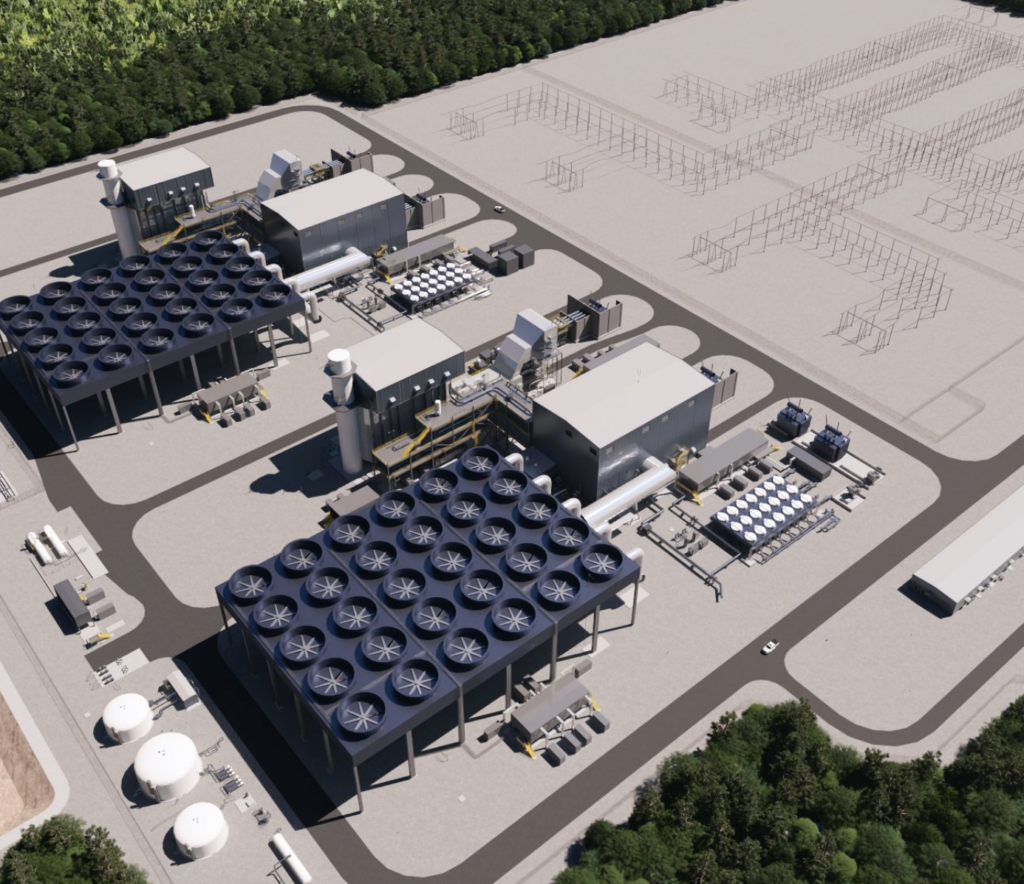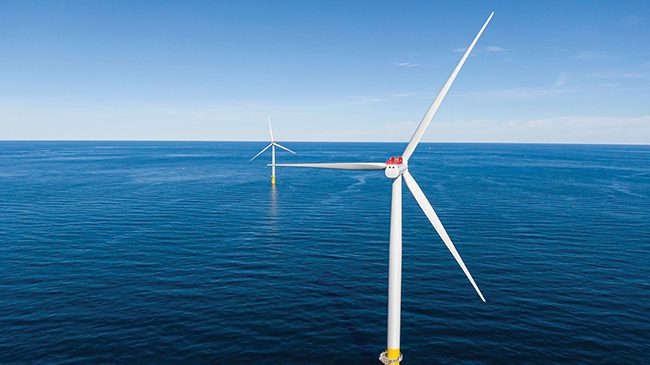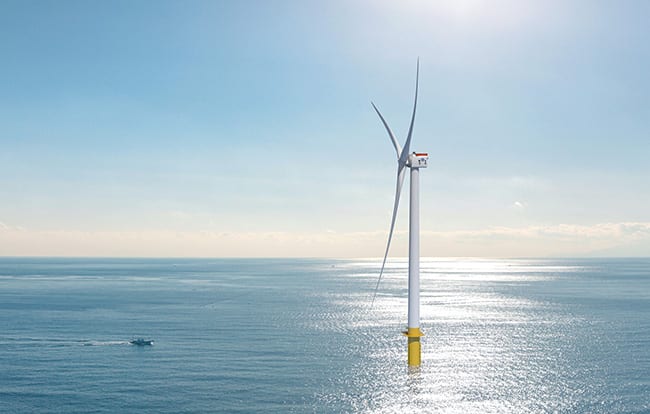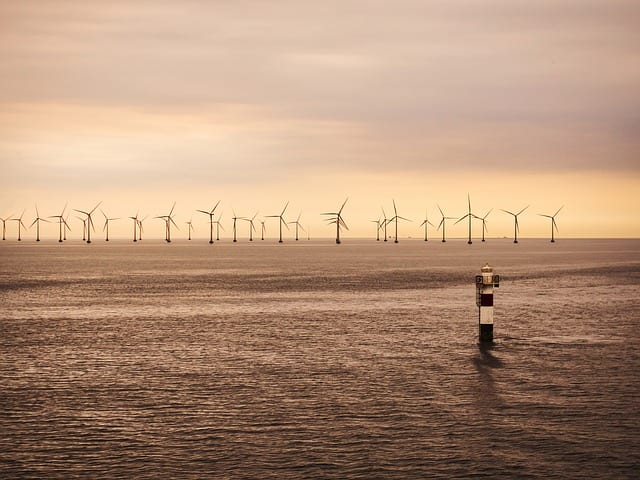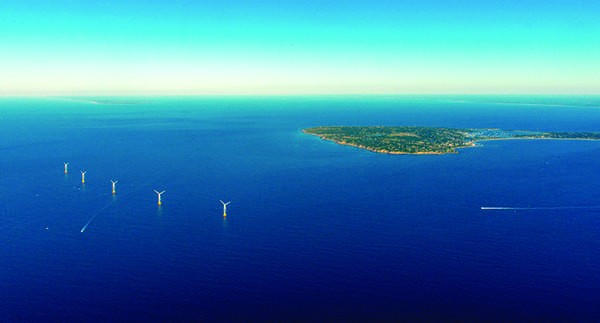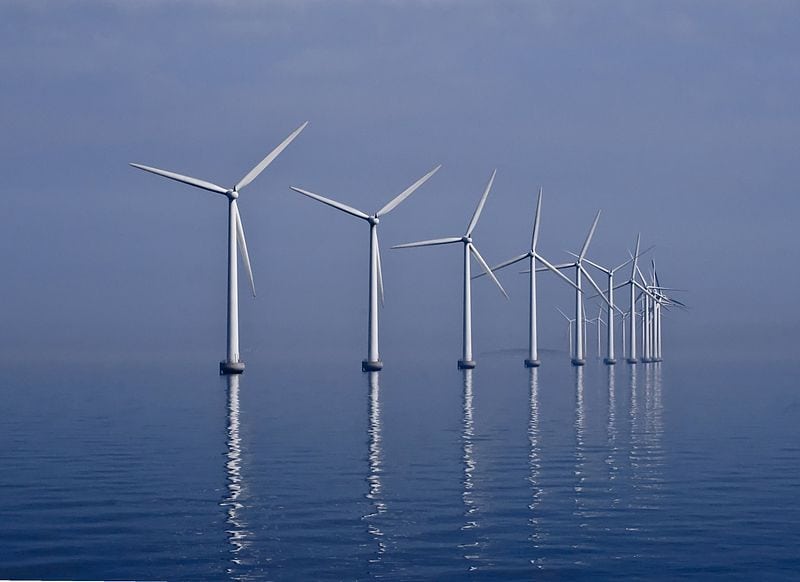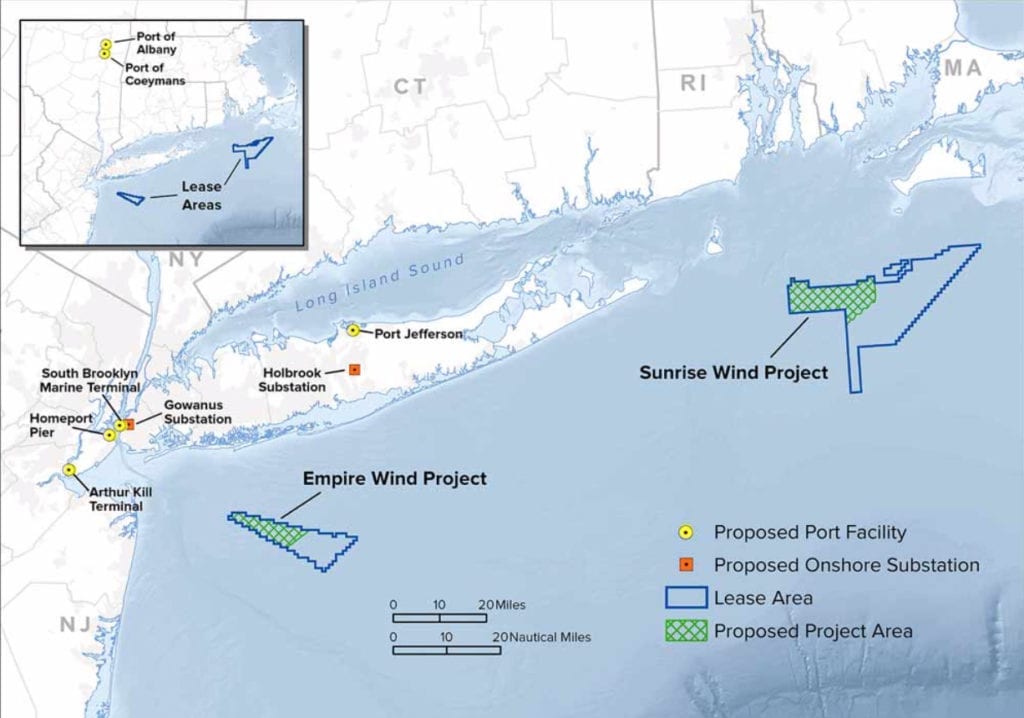Danish renewables firm Ørsted’s 1.1-GW Ocean Wind project is the winner of New Jersey’s first award for offshore wind, the New Jersey Board of Public Utilities (NJBPU) said on June 21.
Ørsted, with support from Public Service Enterprise Group’s (PSEG’s) non-utility affiliate, vied for the award with two other offshore wind developers that submitted bids between September and December 2018 in response to the state’s first offshore wind solicitation. Other bidders included Atlantic Shores Offshore Wind, a partnership between EDF Renewables and Shell New Energies, and Boardwalk Wind, which was sponsored by Norwegian multinational company Equinor.
NJBPU unanimously granted the award to Ørsted after evaluating wide criteria, including the offshore wind renewable energy certificate (OREC) purchase price, economic impact, ratepayer impact, environmental impact, the strength of guarantees for economic impact, and the likelihood of successful commercial operation.
The agency said Ørsted’s economic development plans were the most detailed and could result in net economic benefits of $1.17 billion to the state. Ørsted also provided “the strongest economic guarantees” to ensure local content, including manufacturing. The company’s environmental protection plan was also the “most complete and most advanced,” owing to the company’s experience in building offshore wind farms, it said.
As significantly, Ørsted provided “the best chance of successful development due to its depth of knowledge, as well as global and regional experience and advanced stage of planning,” NJBPU said. Ørsted has installed 5.6 GW of offshore wind capacity and it has another 3.4 GW under construction globally, it noted.
Finally, and perhaps most importantly, the agency concluded that the Ocean Wind project offered a OREC price of $98.10/MWh. “The levelized net OREC Cost—which represents the actual OREC costs paid by ratepayers after energy and capacity revenues are refunded to ratepayers—is estimated at $46.46/MWh, with an estimated ratepayer impact of a monthly bill increase of $1.46 for residential, $13.05 for commercial, and $110.10 for industrial customers,” it explained.
If construction on Ocean Wind kicks off this year (and it is built over a three-year construction cycle, as planned), Ørsted may also qualify for federal investment tax credits that expire at the end of this year, NJBPU also noted. “It is estimated that these credits could save New Jersey ratepayers approximately 12 percent of the total project cost,” it said.
Ørsted’s Clout in the Offshore Wind World
But costs will depend on the project’s actual size. If built to full capacity, Ocean Wind will be among the largest offshore wind farms in the world.
Ørsted already has a hand in two of the world’s largest offshore wind farms. The company and joint venture partner Global Infrastructure Partners this February installed the first of 174 Siemens Gamesa 7-MW turbines at what will soon be the world’s largest offshore wind farm—Hornsea 1—120 kilometers off the Yorkshire Coast in the UK. When completed, as anticipated in the first quarter of 2020, Hornsea 1 will have a capacity of 1,218 MW.
That’s nearly double the capacity of the current world’s largest offshore wind farm, Walney Extension, a 659-MW project that Ørsted completed in June 2018 in the Irish Sea, and which comprises 87 turbines (40 MHI Vestas 8.25-MW turbines and 47 Siemens Gamesa 7-MW turbines). As notable is that Ørsted operates the Block Island Wind Farm offshore Rhode Island, a project that became America’s first offshore farm when it came online in 2017.
However, as Ørsted told POWER on Friday, its U.S. offshore wind arm is significantly smaller than its European operations. The subsidiary currently employs around 75 people and has headquarters in Boston, Massachusetts, and Providence, Rhode Island. And because Ocean Wind will be one of the first offshore projects built in New Jersey, it will require erecting support facilities as well as recruiting key talent.
“Ørsted is … proceeding with plans to establish an Operation and Maintenance (O&M) base in Atlantic City that will provide permanent, high-skilled jobs during the 25+ lifespan of the project,” it noted. As part of a community relations outreach effort, Ørsted and PSEG Power also plan to work with construction firm JINGOLI through its Competitive Edge and Live Classroom programs to identify and train Atlantic City residents and students who are interested in working in wind farm construction and operation. In December, developers also agreed to consider a labor agreement for good wages for offshore wind construction workers with construction union South Jersey Building and Construction Trades Council.
A Monumental Project for New Jersey
If built, Ocean Wind will be pivotal in kick-starting New Jersey’s drive to develop 3.5 GW of offshore wind energy by 2030, as required by one of Democratic Gov. Phil Murphy’s first executive orders (Executive Order No. 8).
Offshore wind also factors heavily into New Jersey’s plans to produce 100% of its power from carbon-neutral sources as outlined by a state energy blueprint that NJBPU released earlier this month.
NJBPU is now planning to open two more solicitations, each for 1.2 GW, in 2020 and 2022. Documents show that NJBPU has retained engineering firm Ramboll in consultation with Stantec, BVG, InGroup, and Rutgers University to provide a framework for the development of offshore wind generation beyond the first 1.1-GW solicitation.
Last fall, NJBPU enacted an OREC Funding Mechanism, which establishes how an offshore wind project will be funded, and how revenues earned from the project will flow back to ratepayers. And in May, the Economic Development Authority launched the New Jersey Offshore Wind Supply Chain Registry, where companies can register to express interest in becoming part of the wind industry in New Jersey.
Future solicitations may look different from the first 1.1-GW solicitation, however. For example, while the first solicitation included transmission, “there was large stakeholder interest in separating transmission and generation for future projects,” NJBPU noted. The agency said it is now preparing a separate transmission study.
Meanwhile, NJBPU and other state agencies are developing the Offshore Wind Strategic Plan, an initiative that seeks to achieve scale to reduce costs, and boost job growth, supply chain businesses, workforce development, data collection, and appropriate siting of facilities. The state agencies said they are working with stakeholders, including the energy industry, commercial and recreational fishing industries, environmentalists, and others to ensure that the wind farms do not interfere with shipping routes, sensitive marine areas or bird migration routes. That study is due in September 2019.
—Sonal Patel is a POWER associate editor (@sonalcpatel, @POWERmagazine).


